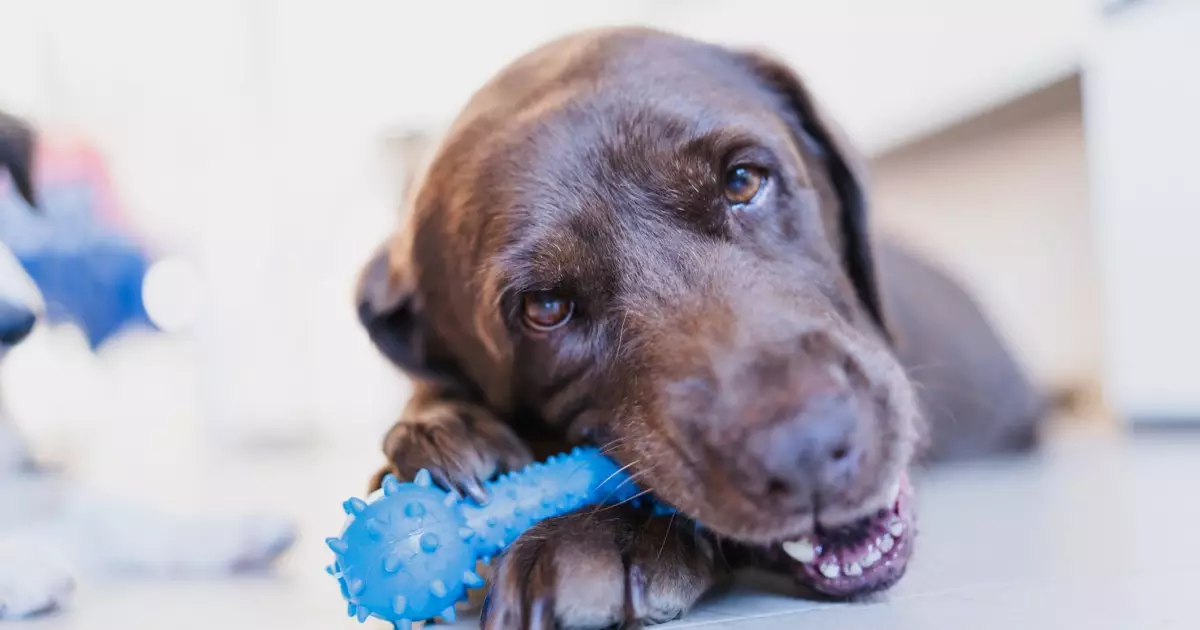Resource guarding in dogs can manifest as a protective instinct, often resulting in growling, snapping, or a tense demeanor when they feel their food or toys are threatened. This instinct, while rooted in survival, can lead to unwanted aggression and create a challenging environment for both the dog and their family. Recognizing this behavior is the first step in mitigating its effects and ensuring a harmonious household. It’s crucial to observe your dog’s body language—are their muscles taut? Are they emitting low growls? These signals indicate discomfort, and approaching them without acknowledging their distress can lead to dangerous encounters.
Why Seeking Professional Help is Essential
Turning to a professional canine behaviorist is often the most beneficial course of action for managing a dog’s guarding behavior. A trained expert can assess the severity of the guarding and explore underlying causes. Not all dogs exhibit the same levels of aggression: some may only guard food, while others may react defensively when moved from their resting spots. Understanding these nuances will help formulate a tailored approach that prioritizes safety for all involved, especially family members and other pets.
The goal of this intervention is not to eliminate the instinctual behavior entirely—doing so may not be feasible—but to manage and minimize the risks associated with it. Behavioral management strategies can assist in transforming a dog’s perception of resource guarding into a more positive association through consistent training.
Building a Safety Plan
Creating a structured safety plan is vital in managing a dog’s guarding behavior. Solutions may seem straightforward, such as allowing your dog to eat or play in a secluded area, temporarily isolating them during mealtime or toy play. This approach creates a safe space for your dog, minimizing confrontations and giving them time to enjoy their resources without feeling threatened by human interaction.
Moreover, diversifying the number of toys or resources available can diminish their perceived value. By providing multiple chew toys, for instance, dogs may have less inclination to guard a single item, as they can see that their territory is rich and plentiful. However, patience is essential; some dogs will still feel possessive over multiple items, which highlights the need for ongoing monitoring and behavioral conditioning.
Stress Reduction Techniques and Training
Beyond resource management, it’s important to train your dog to understand that aggression does not yield any benefits. By employing positive reinforcement techniques, you can coach them to associate human presence with pleasant outcomes rather than threats. Training sessions should focus on gentle desensitization, helping your dog become accustomed to handling near their resources without reacting defensively.
This shift in behavior is more than just teaching a dog not to guard; it’s about reshaping their entire approach to resource sharing. Incorporating exercises that involve exchanging items and rewarding them for calm behavior can go a long way in building trust. Having a behaviorist guide this process can further enhance its effectiveness, providing both the owner and the dog strategies for success.
With diligence and professional input, the journey toward addressing and easing resource guarding can lead to a more peaceful cohabitation between dogs and their families. Rather than living with aggression, families can nurture their dog’s innate instincts into healthier behaviors rooted in trust, comfort, and companionship.

